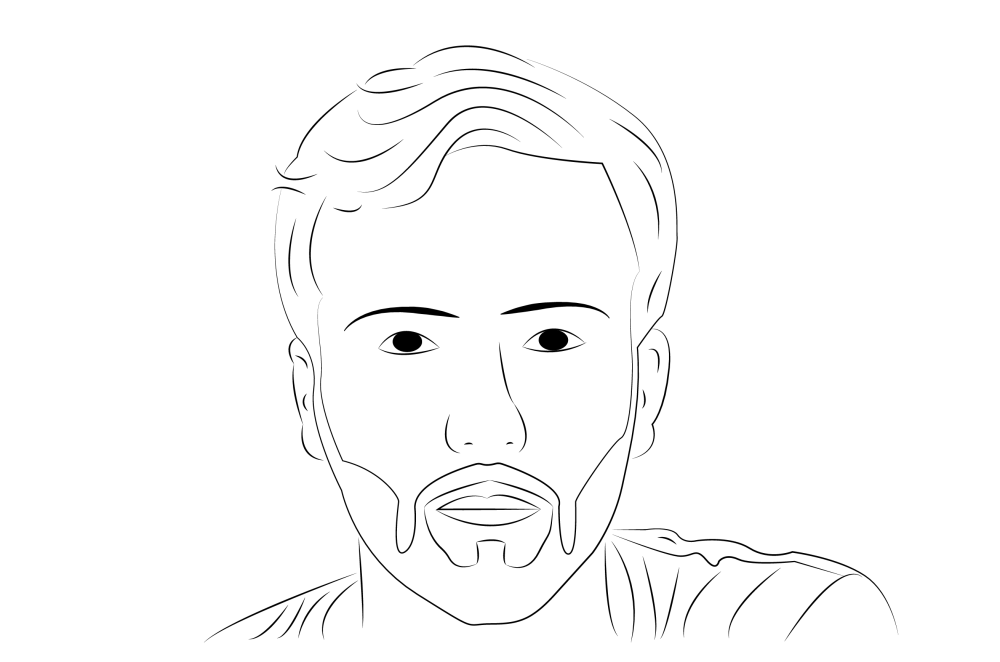Guissepe Tornatore’s Cinema Paradiso celebrates twenty five years since its premiere. There is not a more sentimental portrait of cinema, especially celluloid, than Cinema Paradiso. Ten years later Thomas Viterberg’s wonderful Festen made its appearance. It was recorded (not filmed) on a videocamera whose image quality is far worse than any modern smartphone. Four years later, by way of George Lucas, we saw the arrival of Star Wars Episode II: Attack of the Clones. The first studio feature to be recorded entirely on a digital format. Nowadays celluloid is agonizing, staring at the light at the end of the tunnel, surviving solely by means of artificial respiration and desperate chest compressions by those who refuse to let it go (and have the money to pay the treatment).
“Everybody has a pen and paper, but how many great things have been written?”
With those words David Lynch put an end to the argument of whether there was a negative side to giving everybody a chance to make a movie. An absurd fear that for years slowed down the transition to digital and that a few purist expressed on Side by Side, a documentary that confronted both the tools and its defenders and detractors. Tools, being the key word.
The obsession for celluloid is understandable, for a hundred years there was only one way to make and see movies. It’s easy to fall in love with the rolling of a camera or the sound of the projector in the movie theater, but we should not forget that these are tools whose mysticism, as wonderful as it may be, should not interfere with a definitely beneficial technological progress.
On occasion, when I watch a movie in the obscurity of my room, eating a grilled cheese sandwich, my face lit only by the tiny screen of my laptop, crumbs tumbling on my shirt, I have doubts, only for a second, about the destiny that awaits us emancipated from the romanticism of celluloid. I think, for an instant, that there is no way that these crumbs on my shirt will inspire something as beautiful as Cinema Paradiso. But I then wipe them clean and realize that it’s just an excuse. I remember that this brief invasion of nostalgia is not really mine; I remember that I feel no true pain about the death of celluloid. Cinema Paradiso was already made, and that love for celluloid was Guissepe Tornatore’s love, not mine.
Guissepe Tornatore’s Cinema Paradiso celebrates twenty five years since its premiere. There is not a more sentimental portrait of cinema, especially celluloid, than Cinema Paradiso. In those twenty five years, Guissepe Tornatore made close to nine features, the last one, he shot on digital. I read that in Spain they plan to celebrate its twenty five years by reopening Cinema Paradiso on theaters across the country. It will be projected o a digital format. Tears for some, smiles for others.


